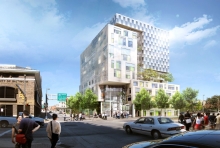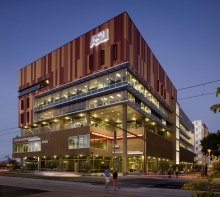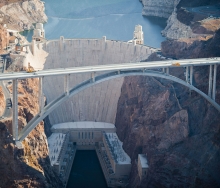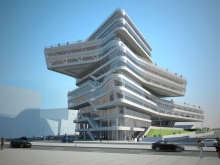Uncertainty Mounts: The Future of High-Speed Rail Development
Mounting concerns over the U.S. federal budget deficit as well as a slower economy may have led some legislators to reconsider their support of President Barack Obama’s campaign to develop high-speed rail (HSR) systems across the United States. The Republican-led House of Representatives has clearly expressed its concerns with allocating government funds for high-speed rail development. The High-Speed Rail Strategic Plan released in April 2009 would have provided $8 billion for HSR development but this plan is now being questioned, and all of its budget money could potentially be cut.











